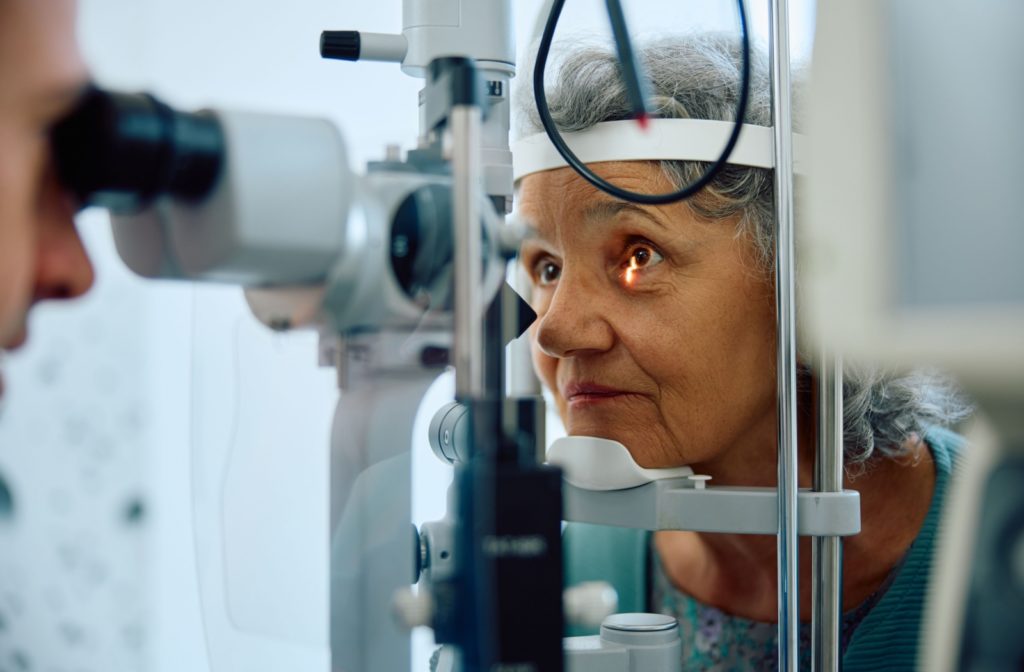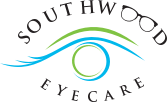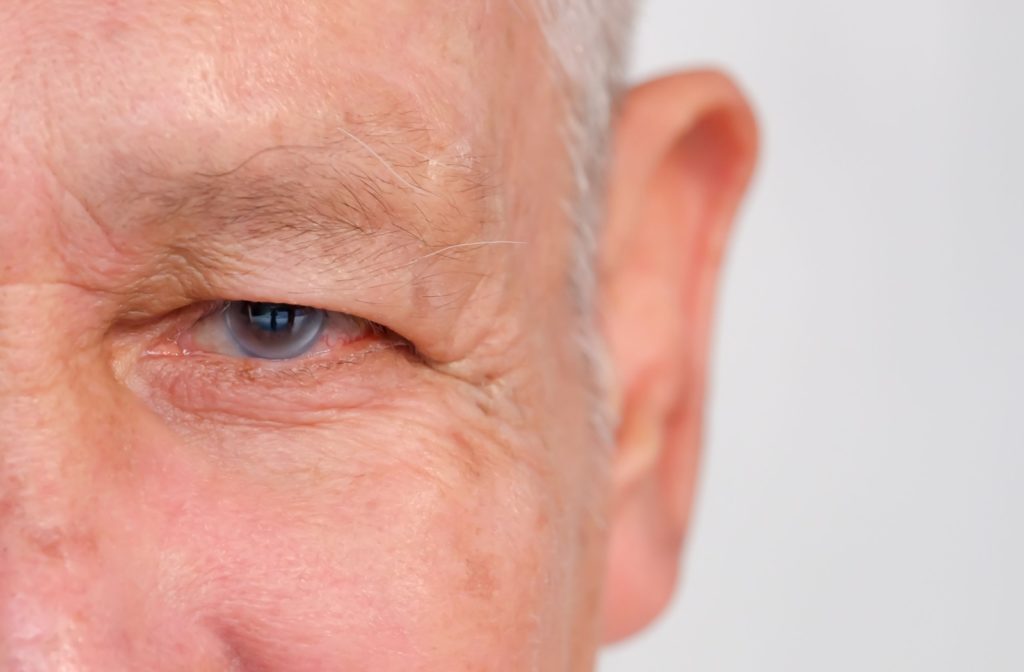Cataracts are a leading cause of vision impairment among adults and seniors worldwide, yet many people remain unaware of their condition until it significantly affects their quality of life.
Cataracts can be detected during a routine eye exam using several tools to assess the progression of the cataracts. They include a slit lamp, ophthalmoscope, phoropter, visual acuity, retinal photos, and OCT scans.
What are Cataracts?
Cataracts are a common eye condition where the eye’s lens becomes cloudy, leading to decreased vision.
The lens of the eye is normally clear, but when cataracts develop our vision becomes impaired. It appears as if one is looking through a frosty or fogged-up window. The clouding of the eye’s lens caused by cataracts scatters and blocks the light as it passes through, leading to noticeable visual problems.
Symptoms of Cataracts
The symptoms of cataracts can include:
- Blurry or dim vision
- Sensitivity to light and glare
- Seeing “halos” around lights
- Double vision
- Frequent changes in vision prescriptions
- Needing brighter light for reading and other activities
Risk Factors for Cataracts
Cataracts can develop for several reasons, including:
- Aging: The most common cause is aging. As we age, proteins in the lens can clump together and start to cloud a small area of the lens. Over time, the cataract may grow larger and cloud more of the lens, making it harder to see. Age-related cataracts may start to develop between the ages of 40 to 50 years old.
- Injury or Trauma: An injury to the eye can also lead to cataract formation, sometimes even years after the incident. Scar tissue within the eye may begin to clump with proteins, leading to the formation of a cataract.
- Prolonged UV Rays Exposure: Long-term exposure to UV rays from the sun is linked to the development of cataracts as radiation is absorbed by the eye’s materials.
- Genetics: Some people may inherit genetic disorders that increase their risk of developing cataracts, such as diabetes or a family history of cataracts.
- Lifestyle Factors: Smoking and excessive alcohol consumption are lifestyle factors that can increase the risk of cataracts
How are Cataracts Detected During an Eye Exam?
Cataracts are detected during a routine eye exam through a series of tests conducted by your optometrist. The goal of a comprehensive eye exam is to monitor both visual clarity and ocular health.
A routine eye exam can be conducted depending on the progression of your cataracts. If an individual has advanced cataracts it may be difficult to administer a visual prescription due to their limited field of vision. In such cases, your optometrist may suggest undergoing cataract surgery.
The detection of cataracts primarily involves examining the clarity and condition of the eye’s lens, where cataracts develop. While some diagnostic tools are directly used for cataract detection, others might indirectly help by ruling out other conditions or assessing the eye’s overall health.

During a Routine Eye Exam
Several tools and tests are conducted during your routine exam can diagnose and evaluate the progression of cataracts in patients. They include:
- Slit Lamp: This tool is fundamental in diagnosing cataracts. The lamp works by illuminating light and magnifying the structures of the eye, allowing your optometrist to clearly asses the lens of the eye. By adjusting the intensity and focus of the light, various parts of the eye can be examined for signs of cataract formation or other abnormalities.
- Ophthalmoscope: This is like a flashlight and is used to examine the back of the eye, including the retina and optic nerve. Its primary purpose isn’t to detect cataracts but to help identify its impact on the retina. It’s also used to check for any coexisting eye conditions.
- Phoropter: This tool measures a patient’s refractive error to determine the best corrective lens. Changes in vision due to cataracts can be partially corrected with new glasses prescriptions in the early stages. Those with advanced cataracts won’t be able to notice improved vision with an updated prescription due to the vision impairment from the cataracts.
- Visual Acuity: Measures how well a person can see at distances. A decrease in visual acuity might indicate cataracts or other vision issues. The patient reads letters from a chart placed at a standard distance to determine their visual sharpness.
- Retinal Photos: Captures detailed images of the retina, optic disc, and blood vessels of the back of the eye. Its primary purpose is to detect and monitor diseases that affect the retina and optic nerve, like diabetic retinopathy or glaucoma, it can also provide indirect signs of cataracts. If the clarity of the fundus photo is compromised by cloudiness in the lens, this may suggest cataracts.
- Optical Coherence Tomography (OCT) Scanning: This scan uses light waves to take cross-section pictures of the retina. the presence of cataracts can sometimes be inferred if the OCT scans are of poorer quality due to the inability of the light waves to pass through a cloudy lens.
To thoroughly assess the extent of cataract development optometrists may dilate the pupils. This procedure gives a better view of the eye’s lens and retina. A dilation helps to evaluate the progression of cataracts when assessed with a slit lamp, fundus photos, and OCT imaging.
How are Cataracts Treated?
Fortunately, cataracts are not a severe condition but can only be treated by undergoing cataract surgery. The procedure is performed by an ophthalmologist. It involves removing the clouded lens with a clear artificial lens.
The surgery is safe and highly successful. Patients are usually awake during the procedure, which takes about an hour and can go home the same day. After surgery, many patients experience a dramatic improvement in their vision.
Individuals have a choice among several types of artificial lenses based on their lifestyle and vision needs. These options include monofocal, multifocal, and toric lenses, each offering different benefits for distance vision, near vision, and astigmatism correction.
It’s recommended to discuss your lens options with either your optometrist or ophthalmologist to determine which lens is most suitable for your lifestyle and preferences.
Schedule an Appointment!
Regular eye exams are important in detecting cataracts early, allowing for timely intervention, monitoring, and treatment.
If you’re experiencing any symptoms of cataracts or if it’s been a while since your last eye exam, consider scheduling an appointment today.
Connect with our team at Southwood Eyecare!




